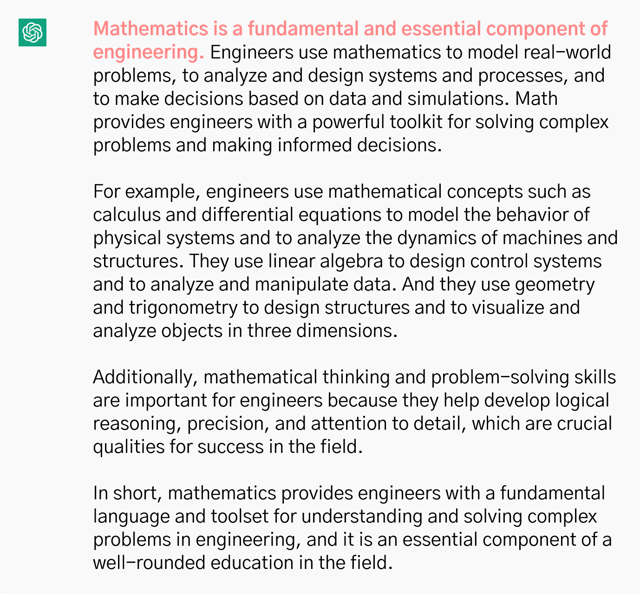Introduction
In civil engineering, it is often not necessary to have the deep mathematical knowledge that is required in schools. In most cases, the ability to use CAE, the ability to analyze design criteria, and the ability to deal with different design situations and to be creative is required. However, if we consider studying civil engineering in depth, the situation is a little different.
It's because engineering is based on mathematical concepts.

chatGPT's Answer - Why do we study mathematics for engineering?
So in this content, we're going to talk about math, and that's the topic.
(second-order linear homogeneous differential equation with constant coefficients)
Just by looking at the title, it may seem difficult and may raise a question mark, but in fact, it is a topic that we have already experienced at least once when learning column buckling or structural dynamics.

Differential equations
General Solutions for Differential Equations
Let's start by solving the above equation.
First, let's see the process of solving for a general solution.
Let's say we have the following differential equation: y is a function of x.
where a, b, and c are constants.
Solving the equation

we get the following expression.
Dividing both sides by
we get an expression called an auxiliary or characteristic equation.
Let's substitute this characteristic equation into the quadratic formula

Now, according to the values of the constants a, b, and c, the solution can be divided into three cases.
1. Distinct Real Roots
The general solution can be derived using the principle of superposition as follows.


You can check more of these details in the download file.














